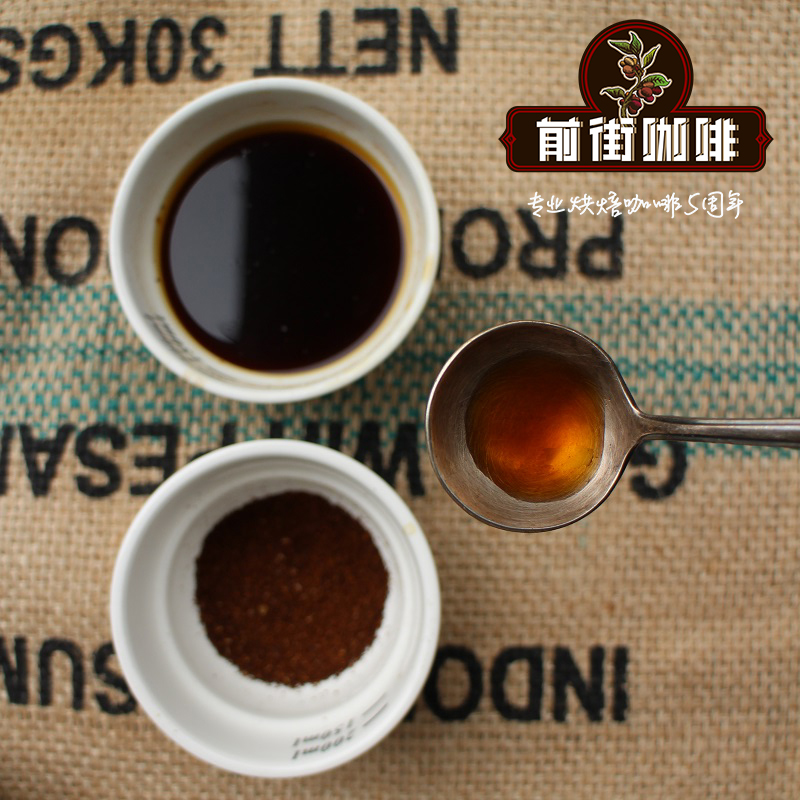What is the coffee bean import process?| How to import coffee beans to China?

Professional coffee knowledge exchange more coffee bean information please follow the coffee workshop (Wechat official account cafe_style)
Customs declaration procedures for the import of coffee beans
1. The record number of the consignee and consignor
2. The original label and the corresponding Chinese translation
3. Import and export rights
4. Food circulation license
5. Certificate of origin
6. Health certificate of producing country / certificate of free sale
7. Manufacturer's composition testing report
9. Animal and plant inspection certificate
9. Packing list, invoice and contract, etc.
Product information: product name, quantity, packaging, weight and volume, etc.
Coffee bean import entry catalogue
Coffee beans that have been roasted are not required to enter, only those that are raw are needed!
Unroasted and shelled coffee (Coffea arabica L.) seeds (excluding endocarp). According to the access list, coffee beans from 41 countries and regions currently have access.
Business editor: 0901110000 0901120000, prior inspection and quarantine examination and approval is required before import.
We now take the Bolivian coffee beans recently approved for entry as an example, the inspection and quarantine requirements are as follows
Inspection and quarantine requirements for imported Bolivian coffee beans
I. basis for inspection and quarantine
(1) Law of the people's Republic of China on entry and exit Animal and Plant Quarantine, regulations on the implementation of the Law of the people's Republic of China on entry and exit Animal and Plant Quarantine, Law of the people's Republic of China on Import and Export Commodity Inspection, regulations on the implementation of the Import and Export Commodity Inspection Law of the people's Republic of China, Food Safety Law of the people's Republic of China regulations on the implementation of the Food Safety Law of the people's Republic of China
(2) measures for the Administration of Import and Export Food Safety
(3) Protocol between the General Administration of Customs of the people's Republic of China and the Ministry of Rural Development and Land of the Plurinational State of Bolivia on phytosanitary requirements for Bolivian coffee beans exported to China.
Products that are allowed to enter the country
Bolivian coffee beans refer to unroasted and shelled coffee (Coffea arabica L.) grains (excluding endocarp) grown and processed in Bolivia.
III. Requirements of enterprises
The production and processing enterprises of Bolivian coffee beans exported to China must meet the plant quarantine requirements of China, be registered and recommended by the competent authorities of Bolivia, and approved and registered by the General Administration of Customs. The enterprise registration list can be found on the website of the General Administration of Customs.
IV. Phytosanitary requirements
(1) the coffee beans imported from Bolivia to China shall comply with the requirements of China's imported plant inspection and quarantine laws and regulations, and shall not contain soil, weed seeds, other grains and plant residues, etc.
(2) Bolivian coffee beans exported to China should not contain quarantine pests of Chinese concern: coffee bark beetle Hypothenemus hampei (Ferrari).
(3) the coffee beans imported from Bolivia should be fumigated with phosphine at 18 ℃-23 ℃, and the dosage of phosphine is 57% aluminum phosphide 6g/m3 or phosphine 2g/m3. The fumigation time is 168h.
V. requirements for phytosanitary certificates
Bolivian coffee beans exported to China must be accompanied by Bolivia's official phytosanitary certificate, which should indicate in the declaration column that "the goods meet the requirements of the Protocol on Phytosanitary Requirements for Bolivian Coffee Beans Exported to China signed by China and Bolivia in Beijing on June 19, 2018".
VI. Food safety requirements
Bolivian coffee beans exported to China must meet the requirements of Chinese laws and regulations and relevant national food safety standards.
VII. Packaging and transportation requirements
Bolivian coffee beans exported to China must be packaged in clean, hygienic, breathable and new materials that meet China's phytosanitary requirements. Each package shall be clearly marked with the Chinese words "This product is exported to People's Republic of China" and the Chinese information identifying the name, processing plant, exporter and address of coffee beans.
END
Important Notice :
前街咖啡 FrontStreet Coffee has moved to new addredd:
FrontStreet Coffee Address: 315,Donghua East Road,GuangZhou
Tel:020 38364473
- Prev

What do South American coffee beans represent? what is the flavor of South American coffee beans?
Professional coffee knowledge exchange more coffee bean information please follow the coffee workshop (Wechat official account cafe_style) Columbia-Xuefeng Coffee ColombiaKoguiSnowCapSpecialtySupremo: South American countries: Colombia: SierraNevada flavor: nutty, the overall taste is rich and varied! Columbia-MDLS Manor ColombiaMDLS
- Next

How to handle the silver skin of coffee? do you know how to remove the silver skin of coffee beans?
Professional coffee knowledge exchange more coffee bean information Please pay attention to the coffee workshop (Wechat official account cafe_style) Water washing is currently the most extensive treatment, unlike the sun washing method is the use of fermentation to remove the pectin layer. -remove shoddy beans (same-day sun method) put coffee beans in a large tank, underdeveloped inferior beans will float on the surface
Related
- Beginners will see the "Coffee pull flower" guide!
- What is the difference between ice blog purified milk and ordinary milk coffee?
- Why is the Philippines the largest producer of crops in Liberia?
- For coffee extraction, should the fine powder be retained?
- How does extracted espresso fill pressed powder? How much strength does it take to press the powder?
- How to make jasmine cold extract coffee? Is the jasmine + latte good?
- Will this little toy really make the coffee taste better? How does Lily Drip affect coffee extraction?
- Will the action of slapping the filter cup also affect coffee extraction?
- What's the difference between powder-to-water ratio and powder-to-liquid ratio?
- What is the Ethiopian local species? What does it have to do with Heirloom native species?

